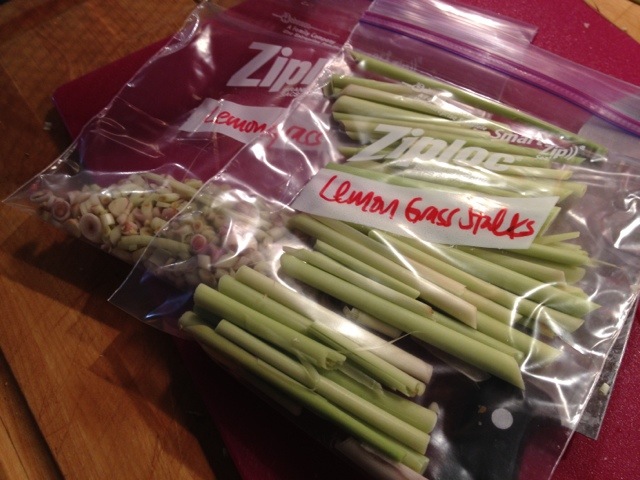 I've got lots of lemongrass in the freezer. Last week I harvested 50 of the delicious reeds from my own garden. I use lemongrass to perfume chicken stock & add depth to marinades. This time around I also chopped some of the tender reeds for stir-fry, but it was labor intensive.
I've got lots of lemongrass in the freezer. Last week I harvested 50 of the delicious reeds from my own garden. I use lemongrass to perfume chicken stock & add depth to marinades. This time around I also chopped some of the tender reeds for stir-fry, but it was labor intensive.
Since Autumn is closing in, now is the time to harvest. Using garden pruning shears i cut the reeds as lose to ground level as possible. Keeping the roots allows the plant to regrow. It would be nice if the lemongrass came back one more time before winter, but I'm not holding my breath. I grew the lemongrass in the front garden this year. It was surrounded by my son's rock collection and a large section of soaker hose. Other than weeding, I ignored the lemongrass for much of the summer.
Once the stalks are cut, the fragrance fills the air. Get the stalks inside & cut the grassy top half off - into the compost they'll go. Next, peel back the blades of grass until just the white reed is exposed. At this point, you can freeze the 5 inch section of lemongrass.
If you're up for a bit more work, continue removing the layers of lemongrass until you find the tender final section of lemongrass. I knew I found it when slicing it made no noise. It was like slicing soft butter.
Lemongrass might be the best garden investment this year. For the price of the plant, $2, I grew enough to stock my freezer for more than a year. In grocery store terms, I probably saved at least $50. Any hot bargains in your garden this year?
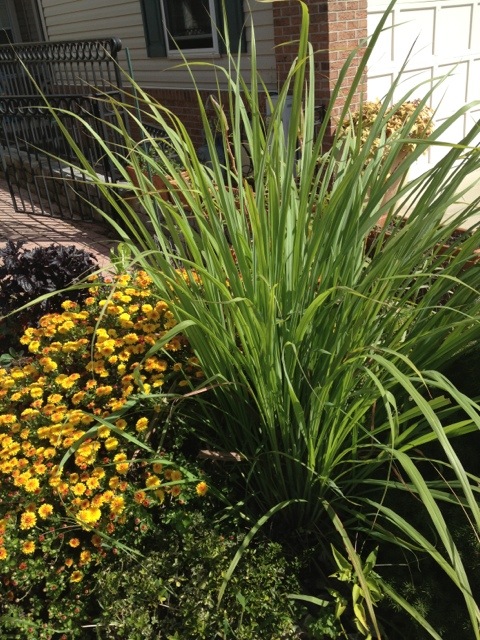
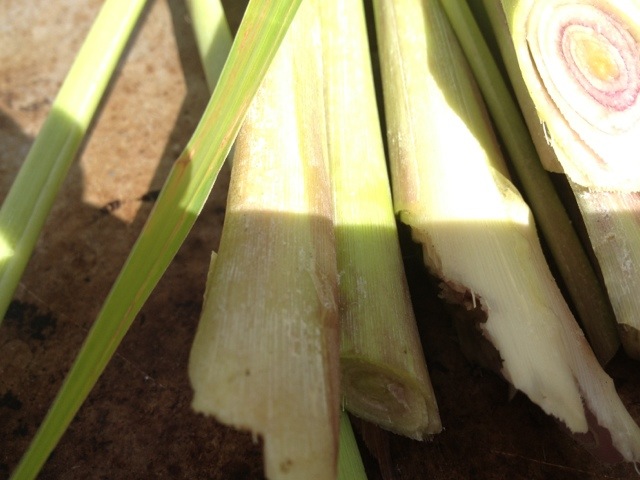
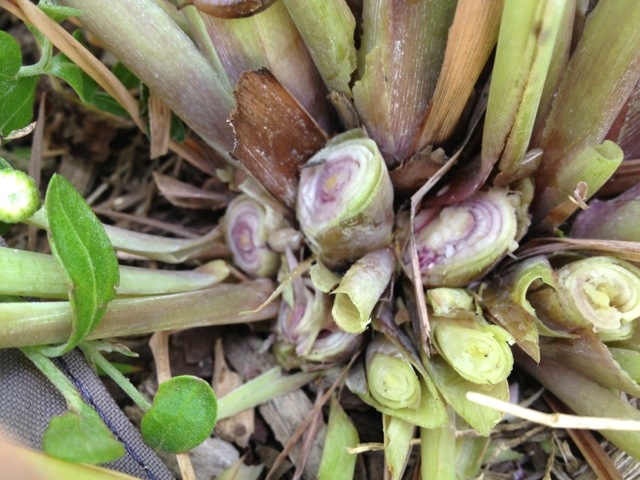
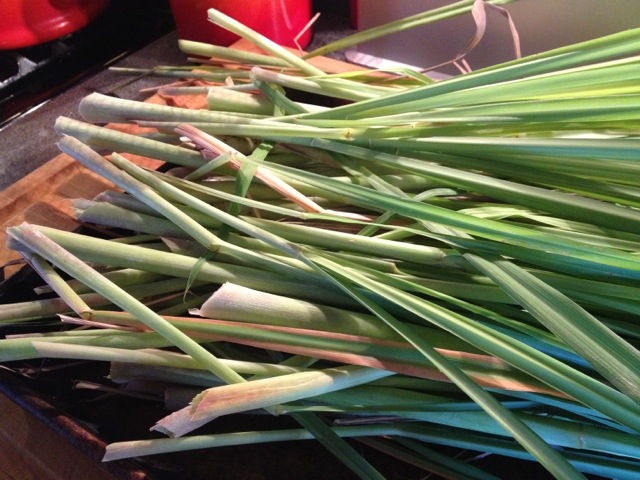
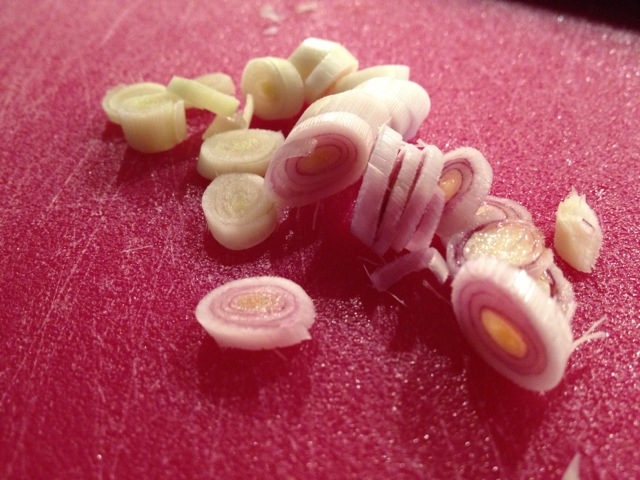
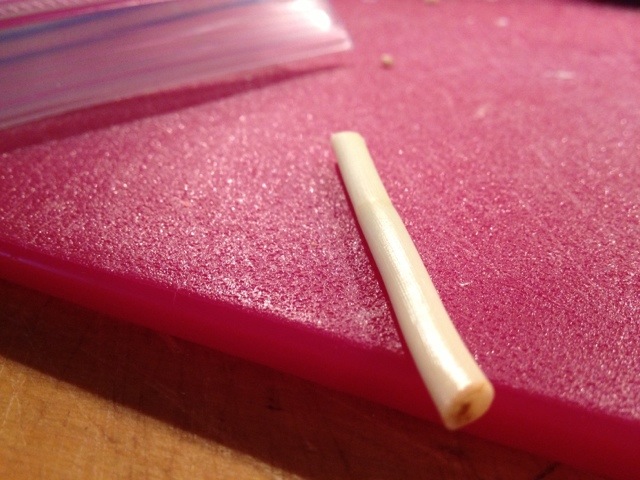
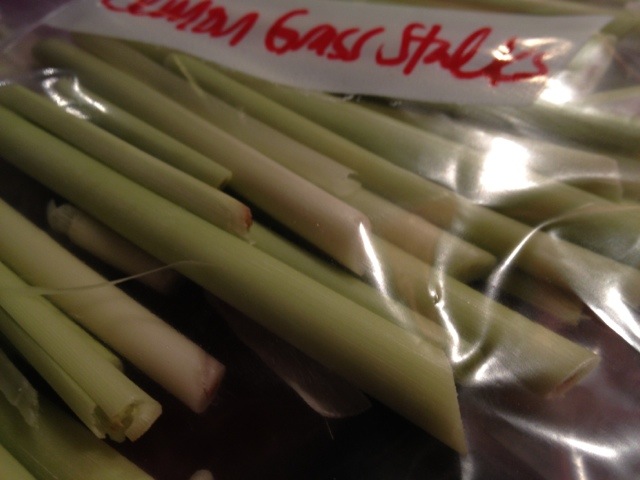
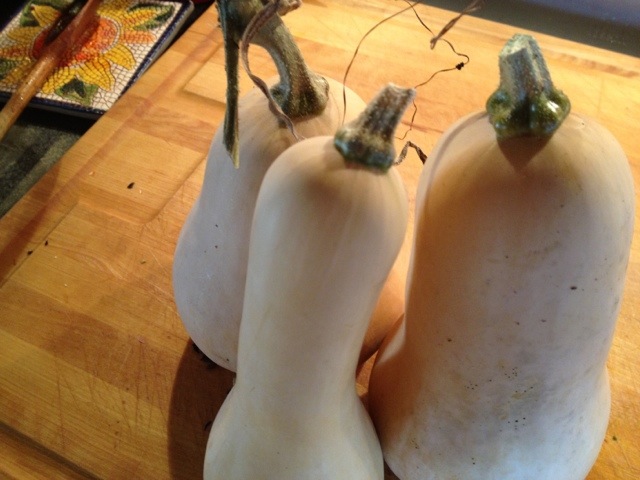

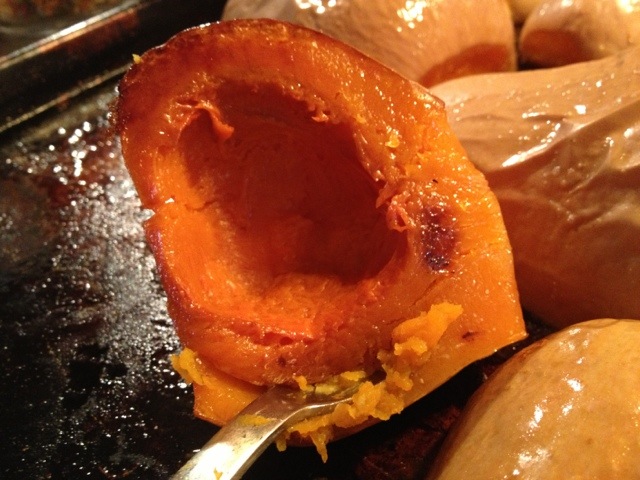
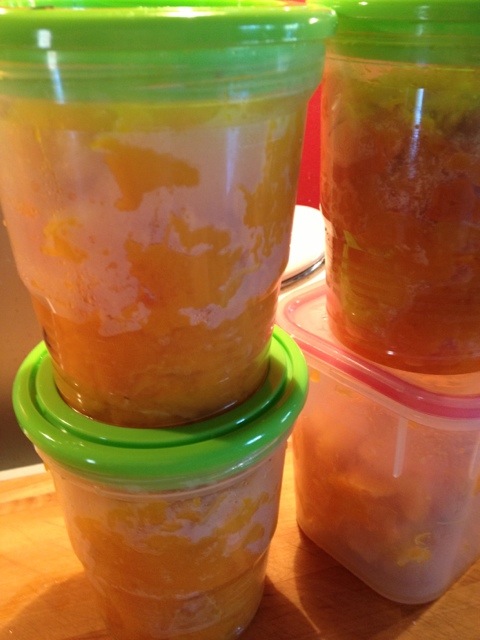
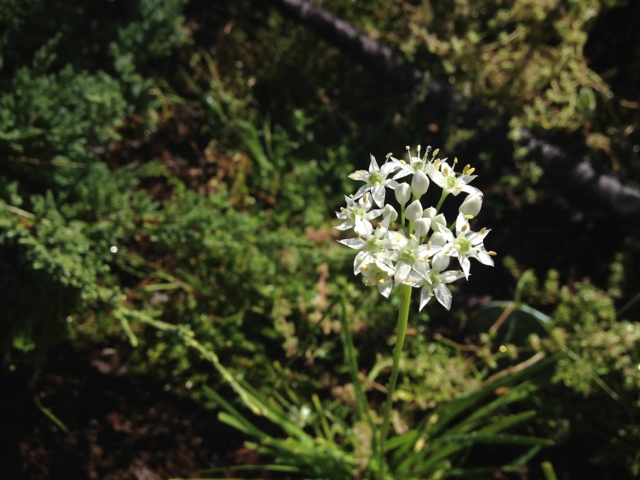
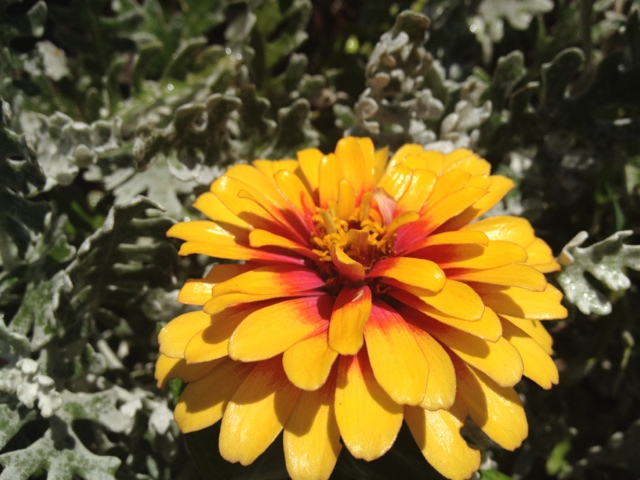
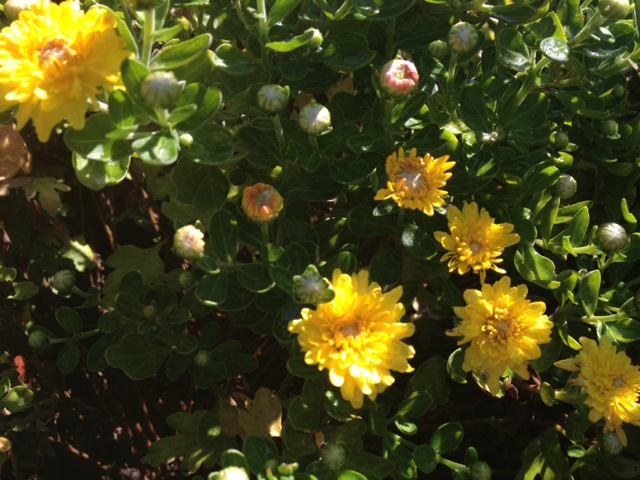

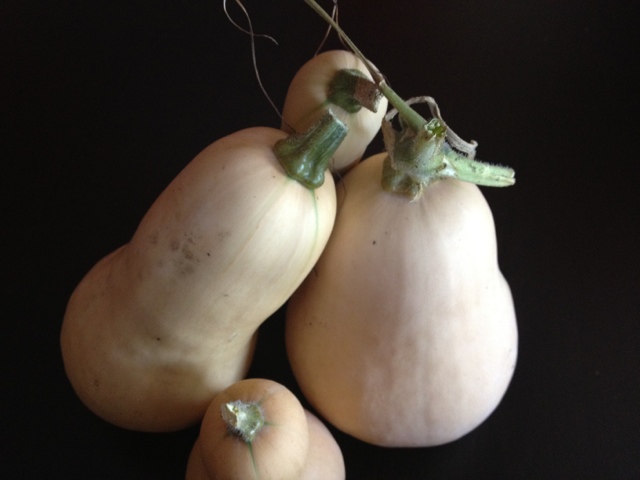
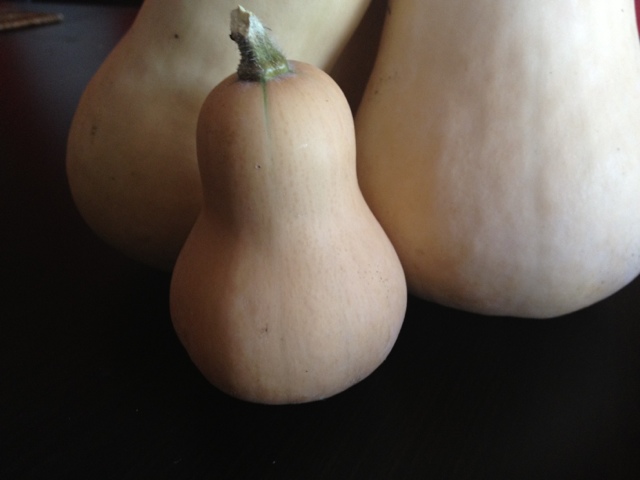
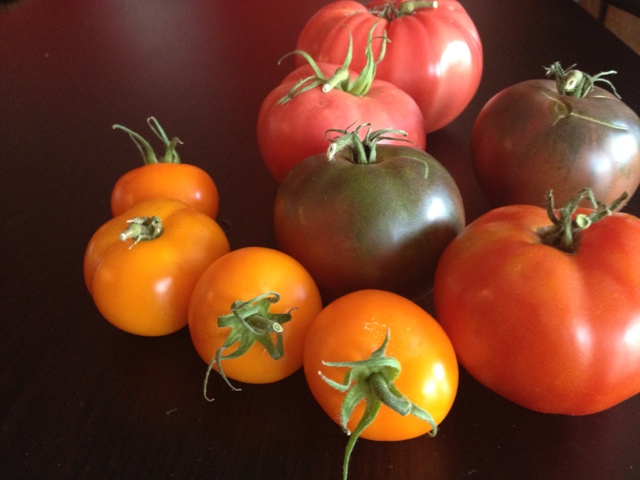
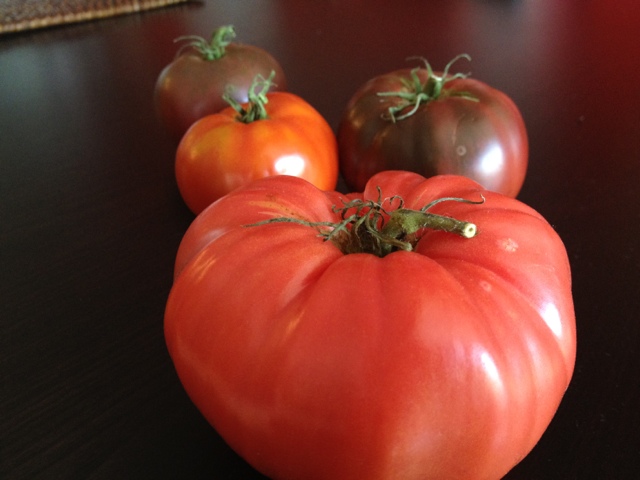
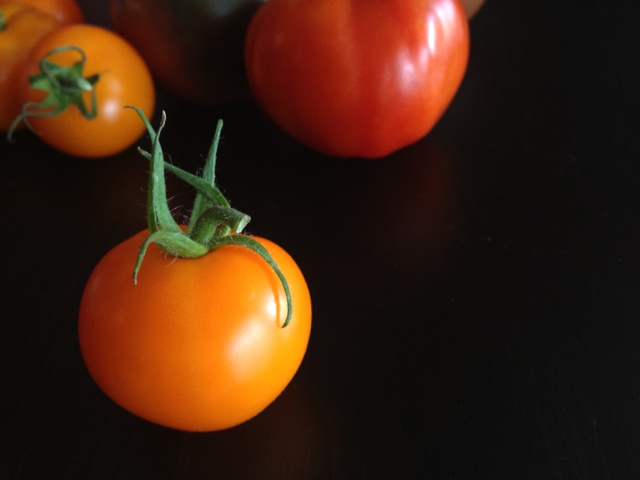
 My goal is to grow organic, non-GMO veg & herbs to feed my growing family. So I grow most of my garden from seed. But every once in a while I'll find an organic farm that grows plants to sell at farmers markets - enter purple ruffles basil. I was enamored by the color and scent of this little plant back in May. Now, this garden behemoth is ready for a trim, purple pesto anyone?
My goal is to grow organic, non-GMO veg & herbs to feed my growing family. So I grow most of my garden from seed. But every once in a while I'll find an organic farm that grows plants to sell at farmers markets - enter purple ruffles basil. I was enamored by the color and scent of this little plant back in May. Now, this garden behemoth is ready for a trim, purple pesto anyone?




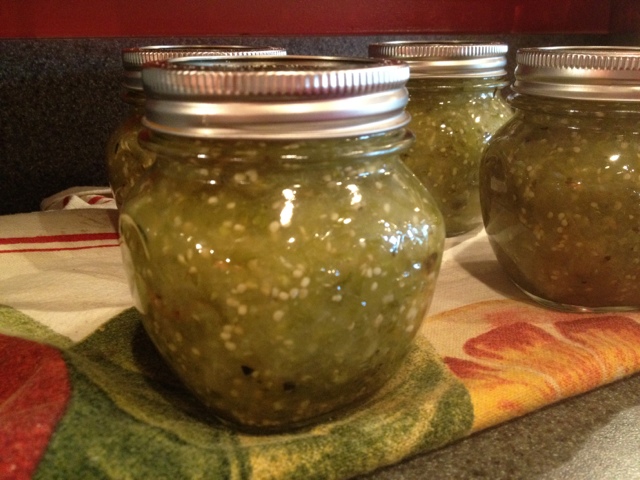
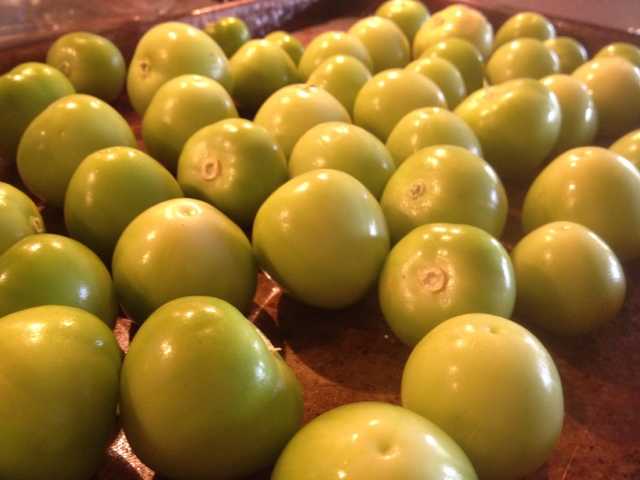
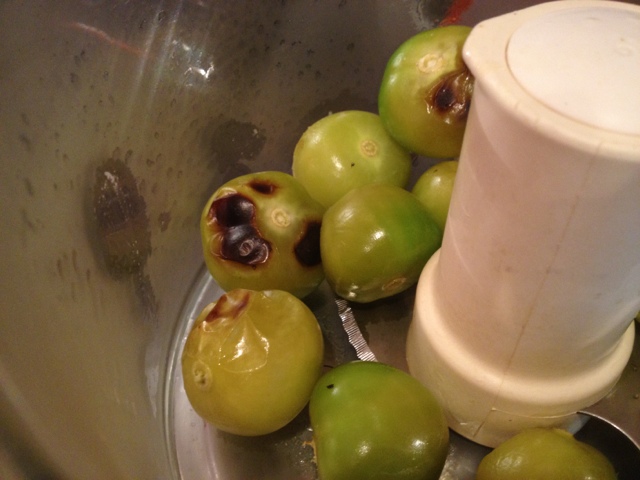
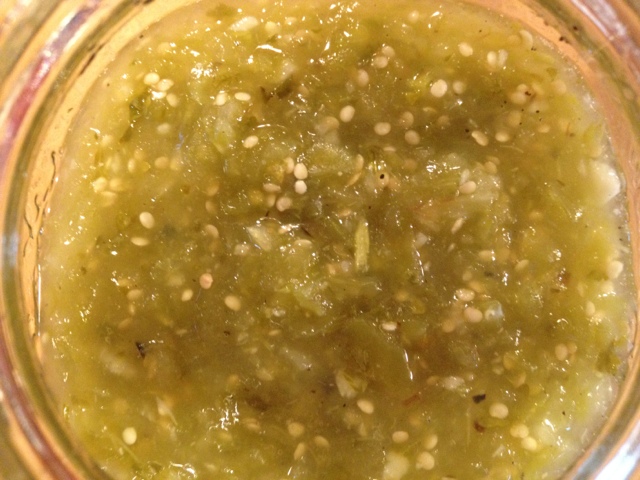
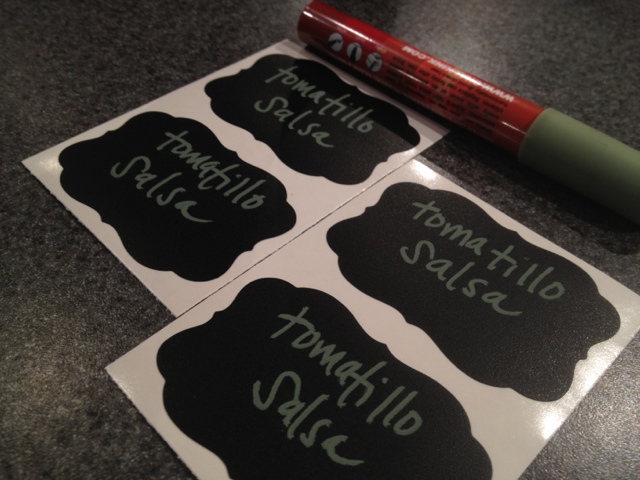

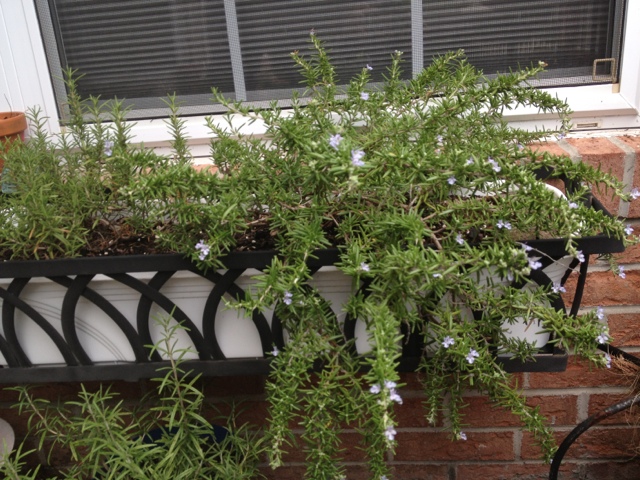
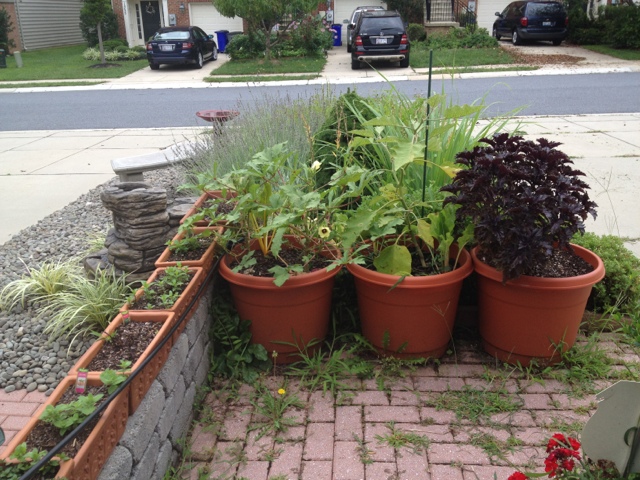
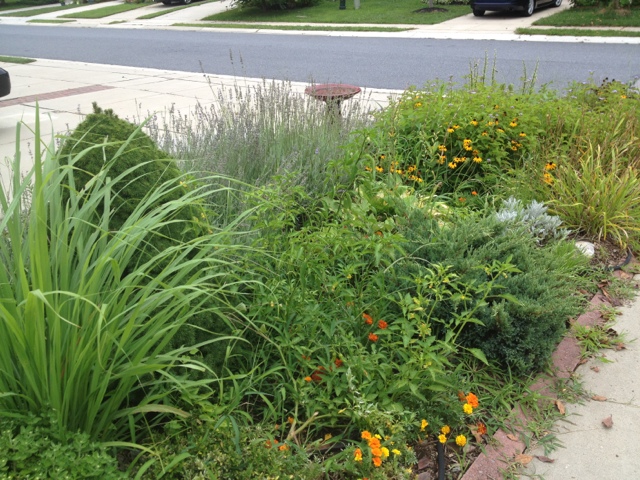
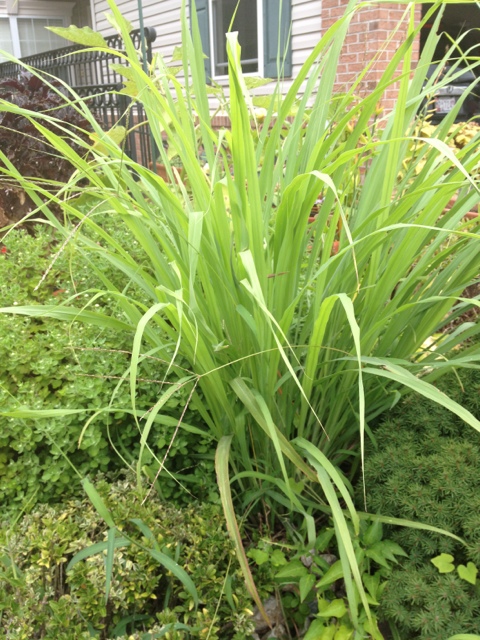


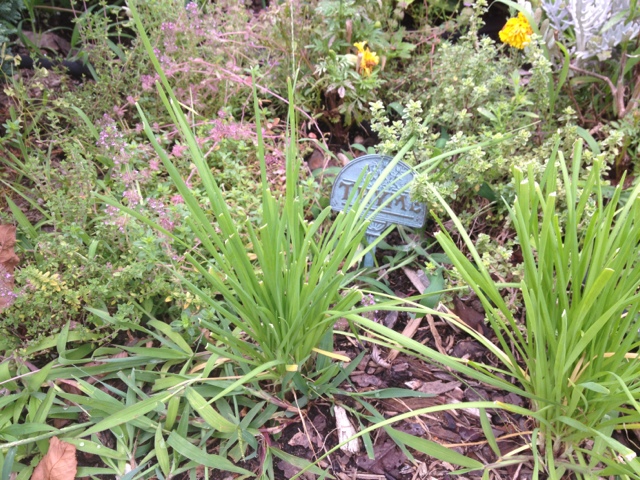
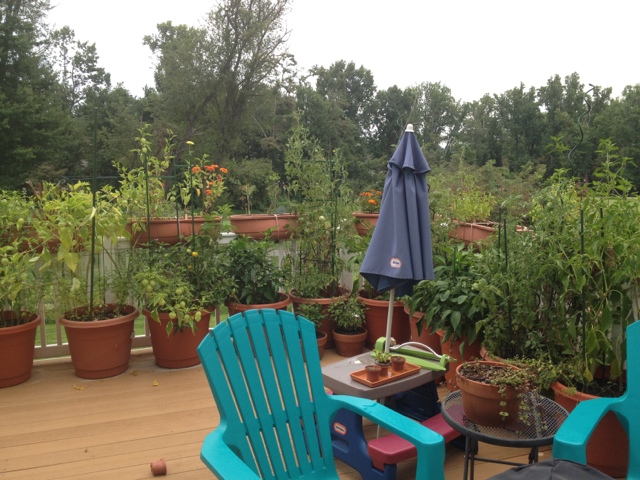
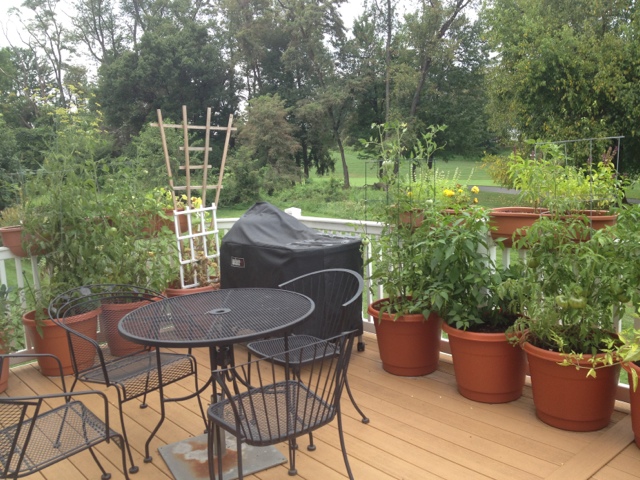
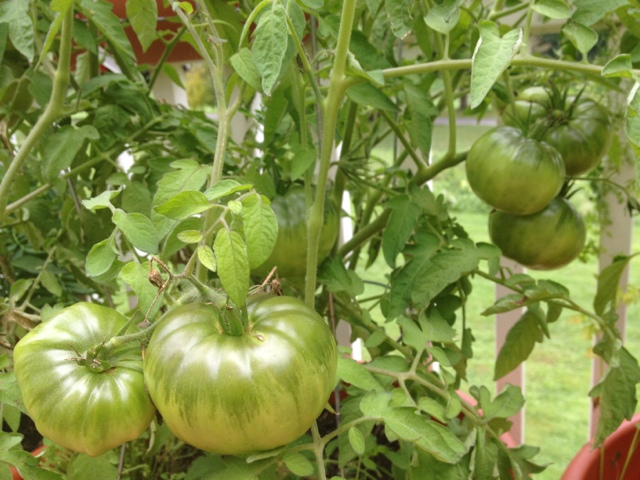
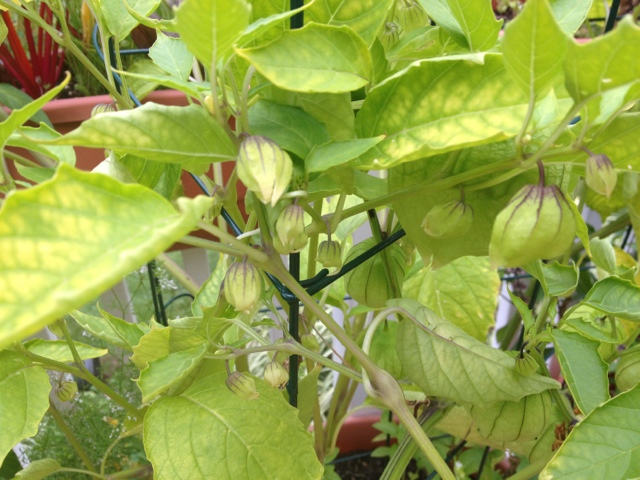
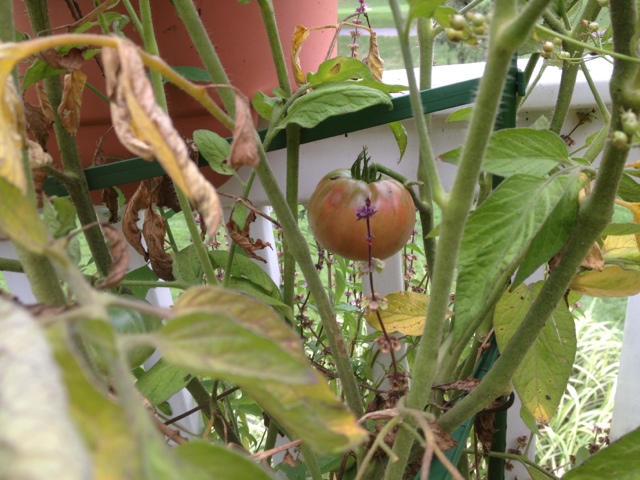
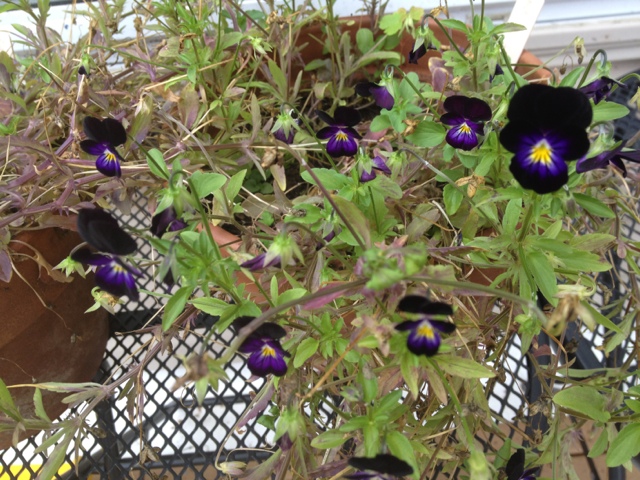
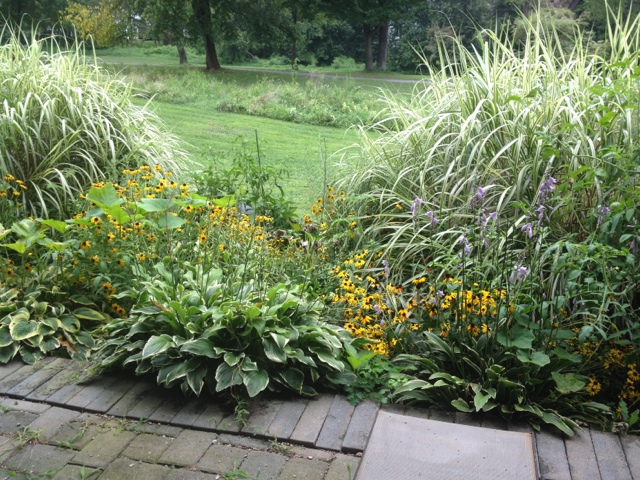
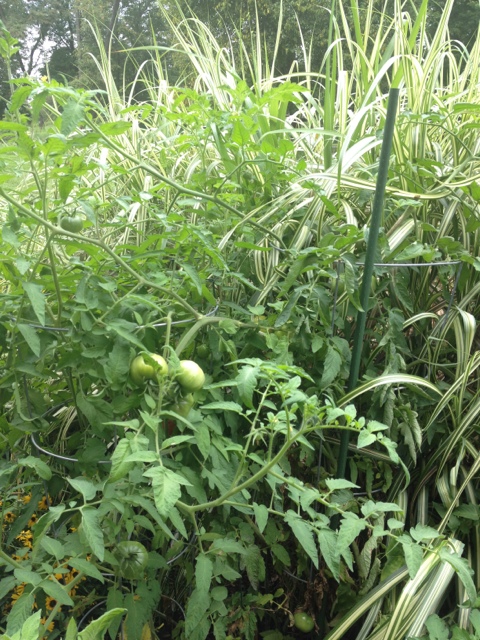
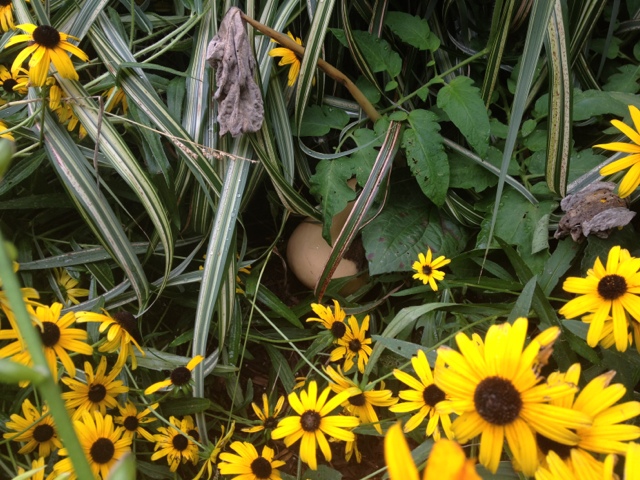
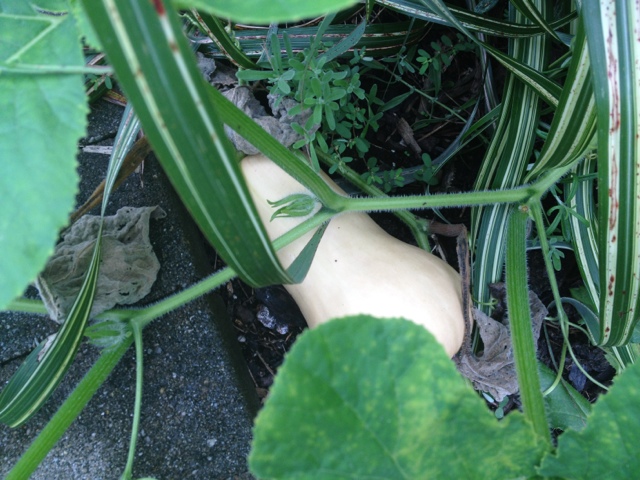
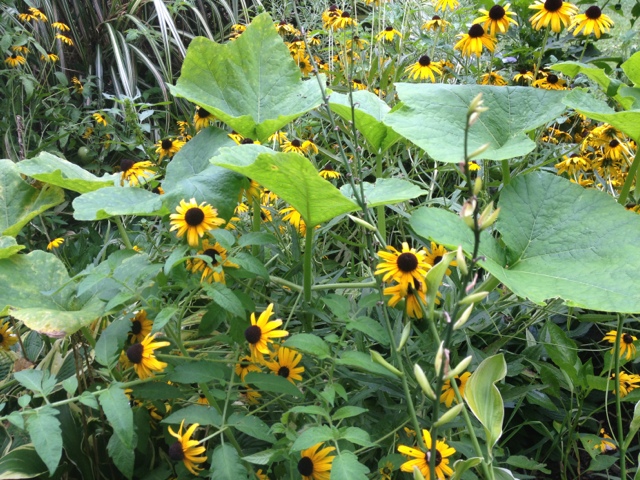
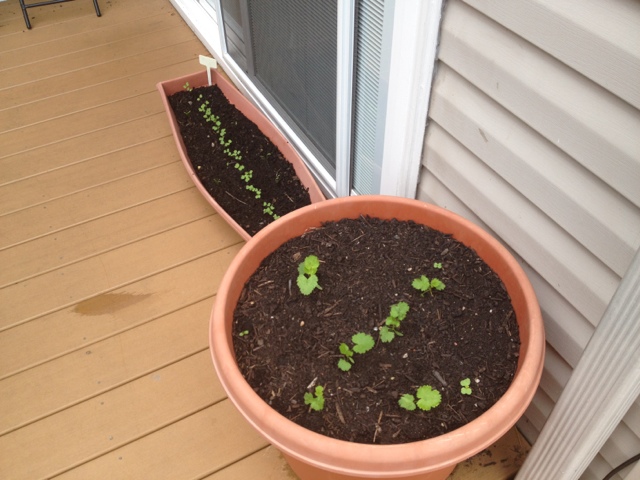

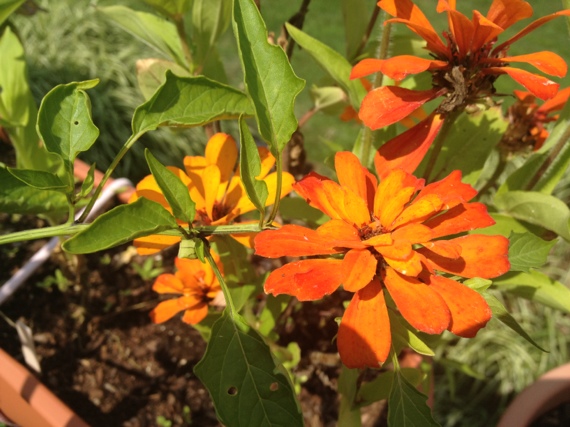
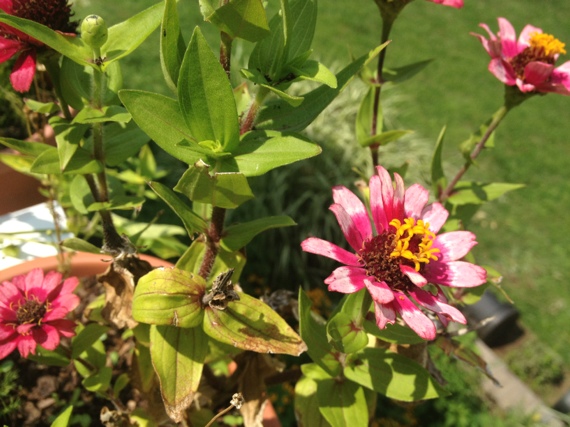
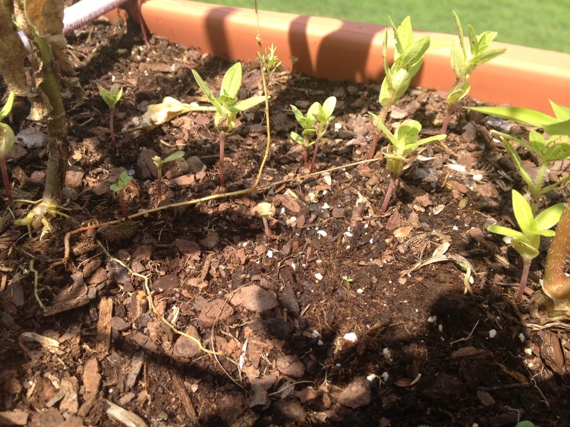
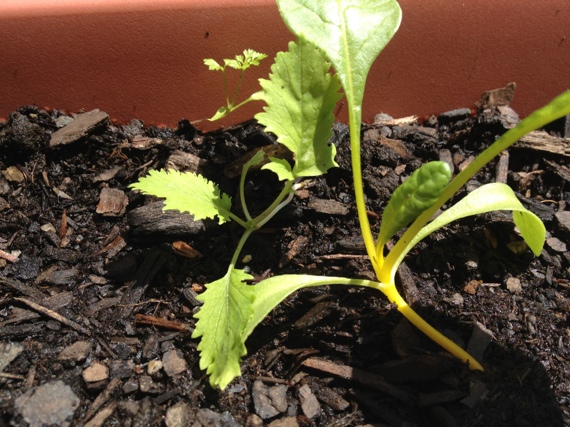
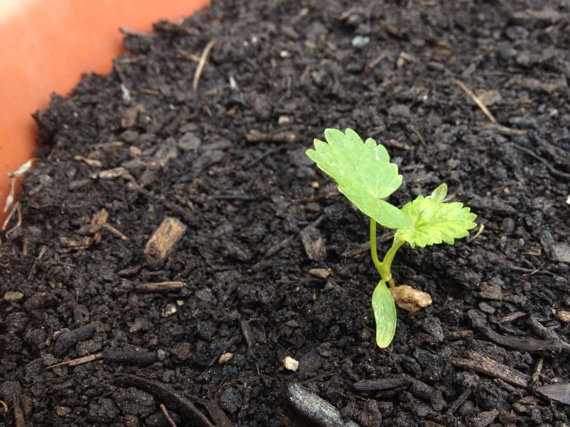
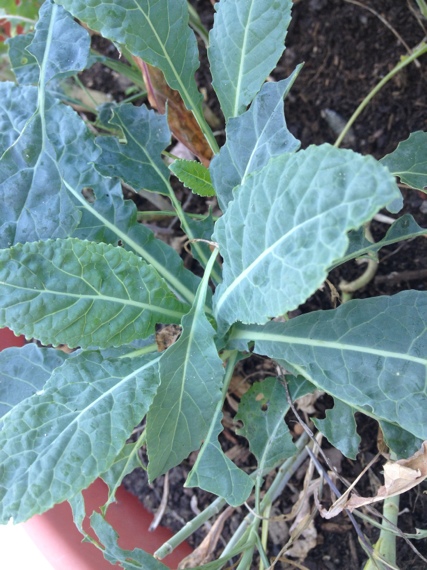
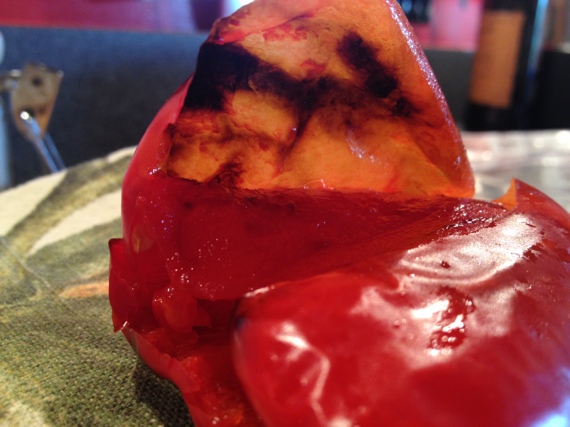 There's nothing like coming home from vacation to find a ton of ripe peppers in the garden! Since it will take me a we days to sort through the laundry, catch up on emails & so on, I decided to roast and freeze these beauties for a later date.
There's nothing like coming home from vacation to find a ton of ripe peppers in the garden! Since it will take me a we days to sort through the laundry, catch up on emails & so on, I decided to roast and freeze these beauties for a later date.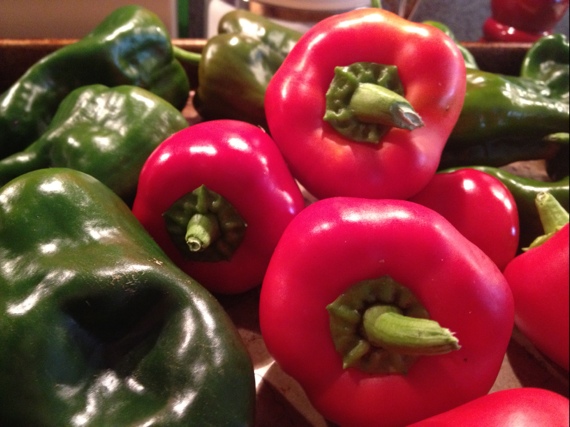
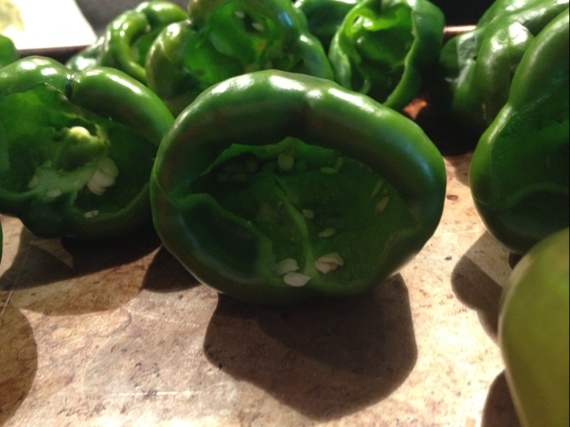
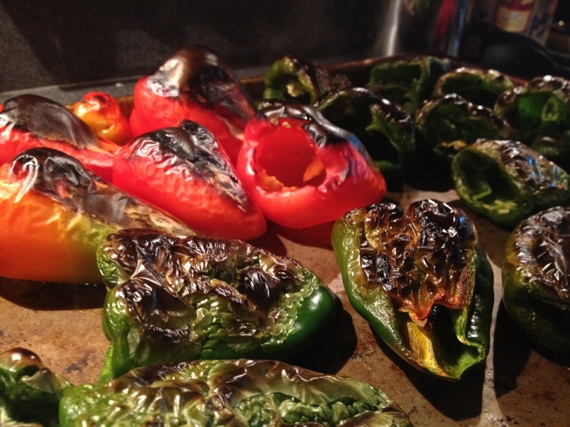
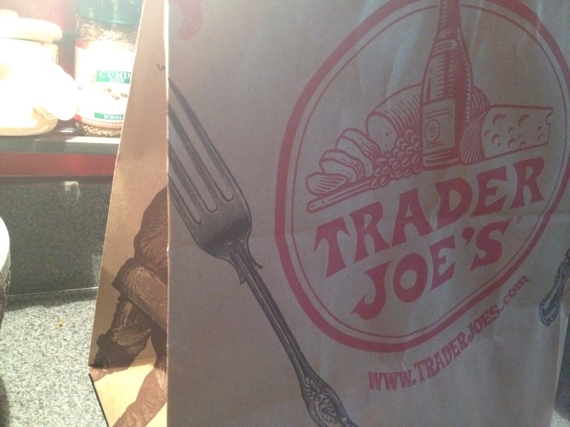
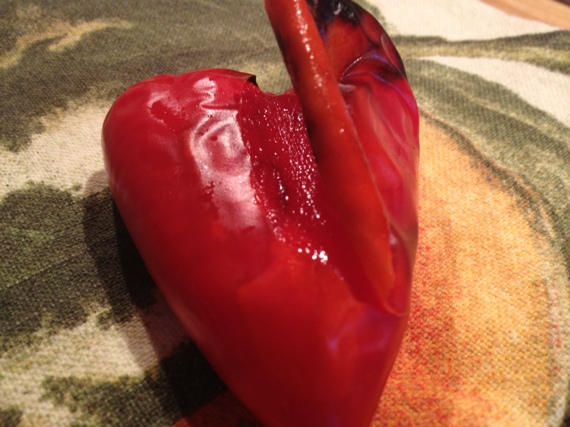
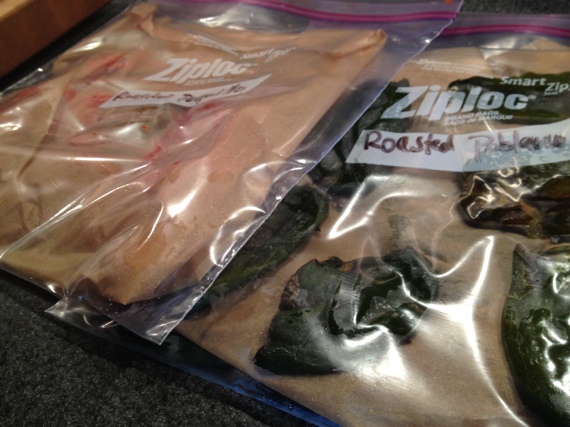


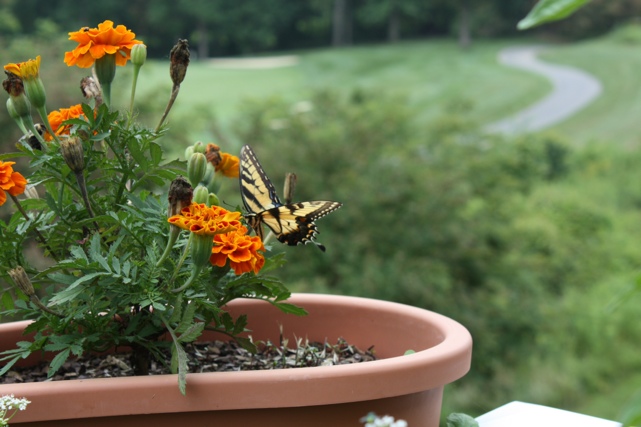

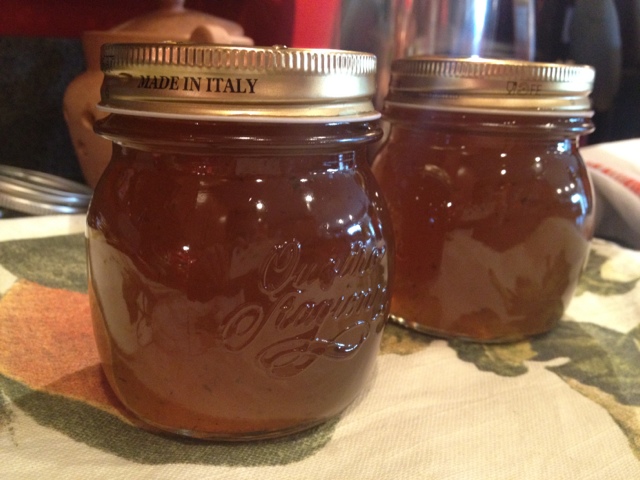
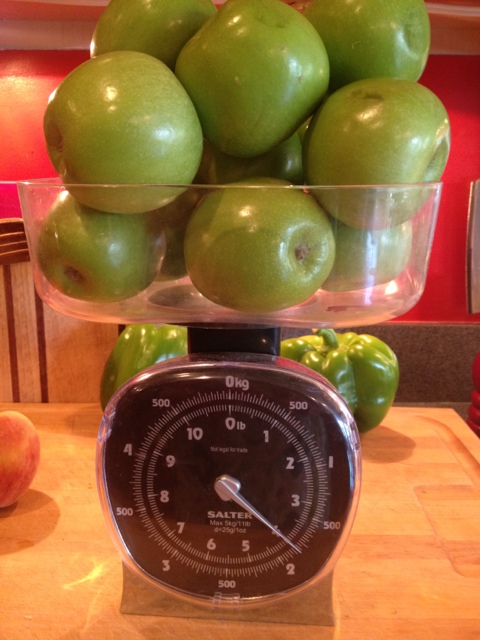
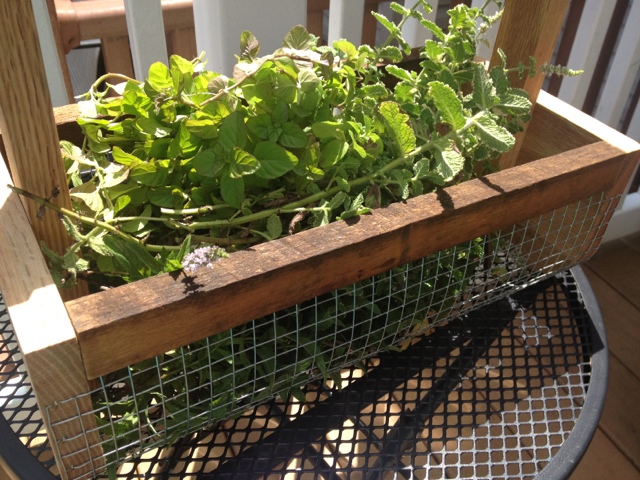
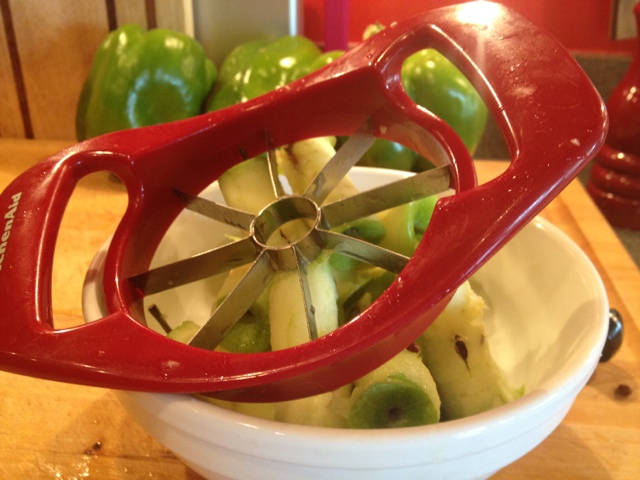
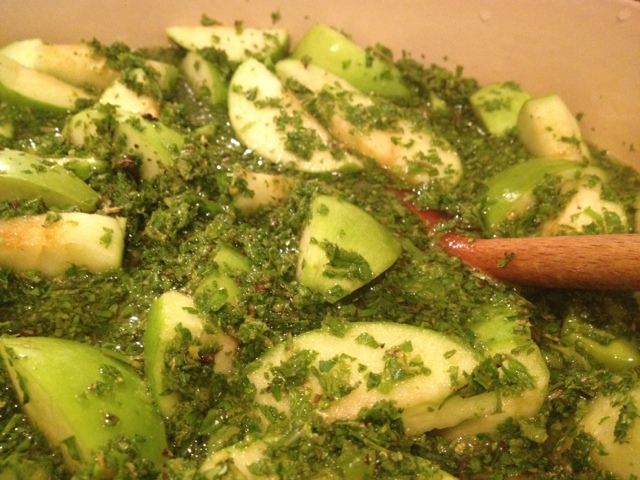

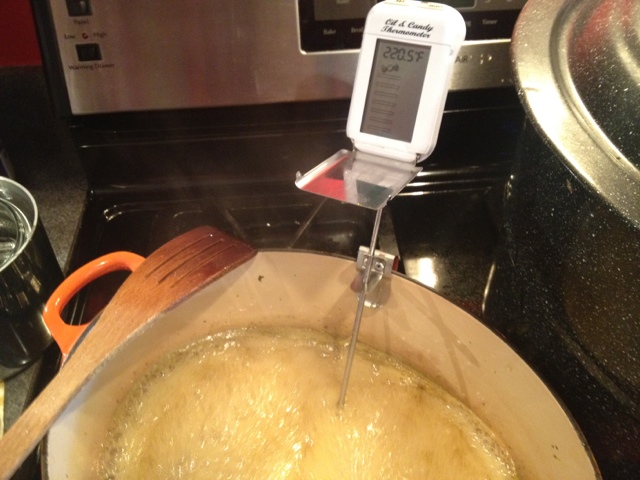

 Even if you don't have a food processor or a fancy schmancy machine, you can make your own salsa. Nothing tastes like summer quite like sweet tomatoes, bright cilantro & zippy jalapeños. I'm so in love with the stuff that I can at least a dozen jars of salsa to use during the winter months. My
Even if you don't have a food processor or a fancy schmancy machine, you can make your own salsa. Nothing tastes like summer quite like sweet tomatoes, bright cilantro & zippy jalapeños. I'm so in love with the stuff that I can at least a dozen jars of salsa to use during the winter months. My 



 This year I'm growing 6 different basil varieties: Marseilles, Purple Ruffles, Sweet Genovese, Thai, Lemon, & Spicy Bush Basil. Five out of the six work deliciously in my traditional Italian pesto (you know the one with olive oil, pinenuts, garlic & parm.) But the Thai Basil is a different bird. The intense bail flavor is deep and licoricey and I don't like it with olive oil and parm, I love it with cilantro and sesame oil!
This year I'm growing 6 different basil varieties: Marseilles, Purple Ruffles, Sweet Genovese, Thai, Lemon, & Spicy Bush Basil. Five out of the six work deliciously in my traditional Italian pesto (you know the one with olive oil, pinenuts, garlic & parm.) But the Thai Basil is a different bird. The intense bail flavor is deep and licoricey and I don't like it with olive oil and parm, I love it with cilantro and sesame oil!





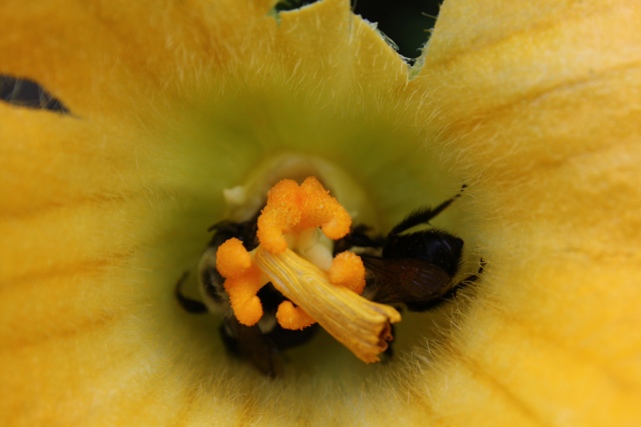
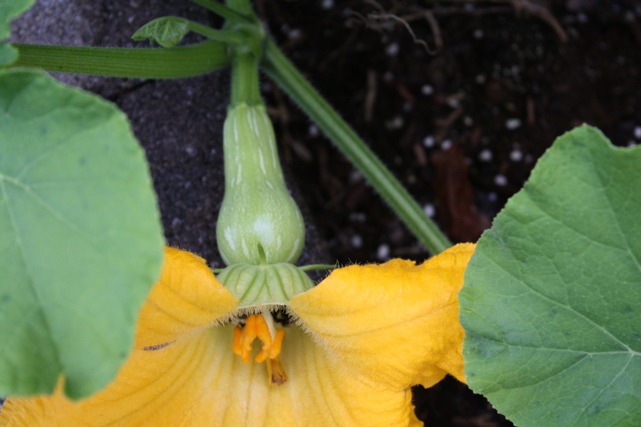
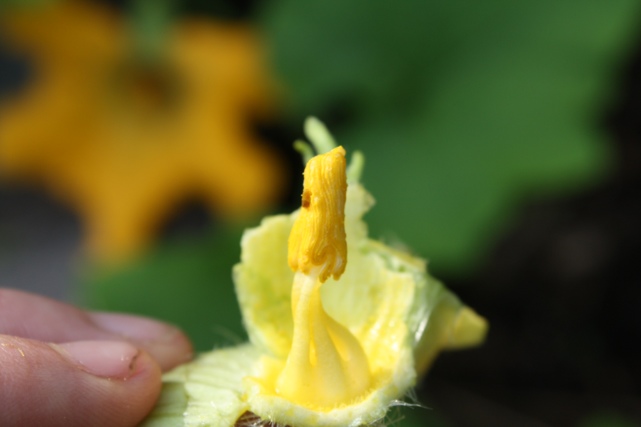
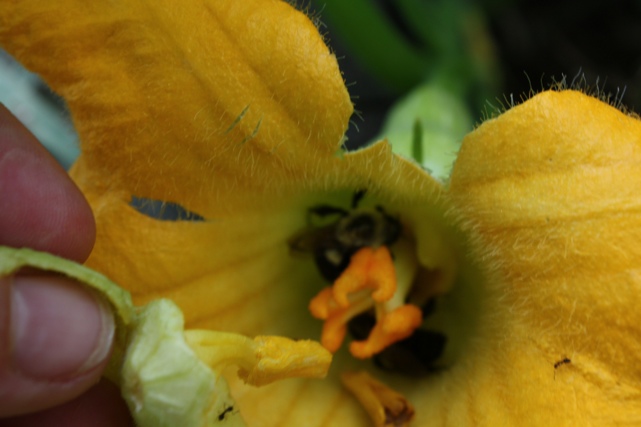

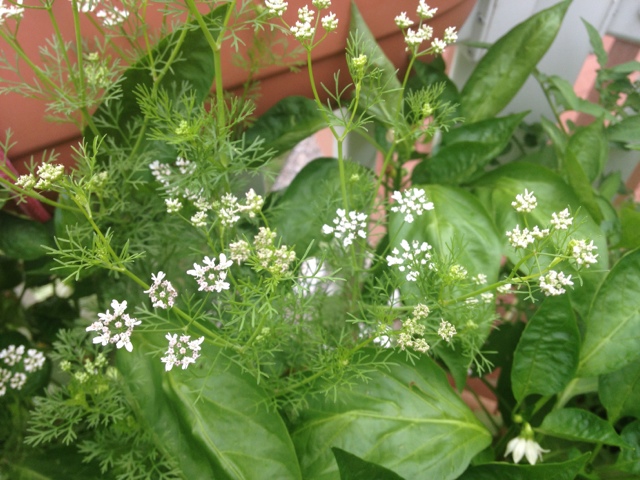
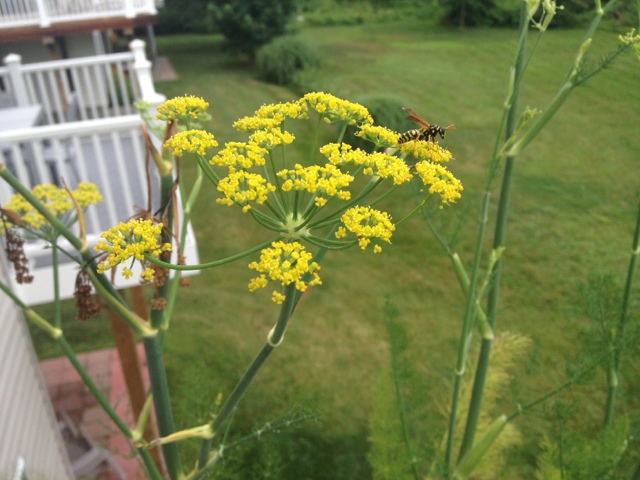
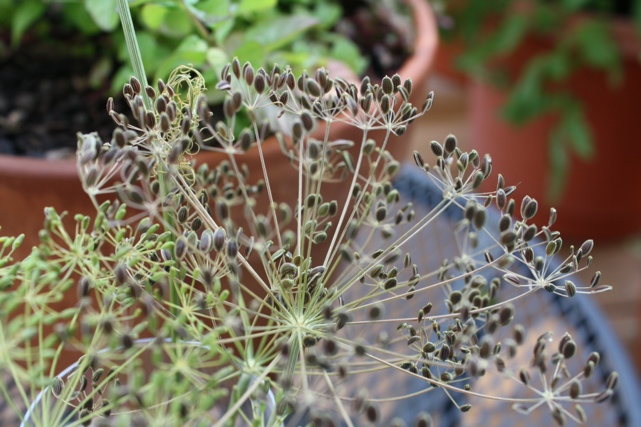
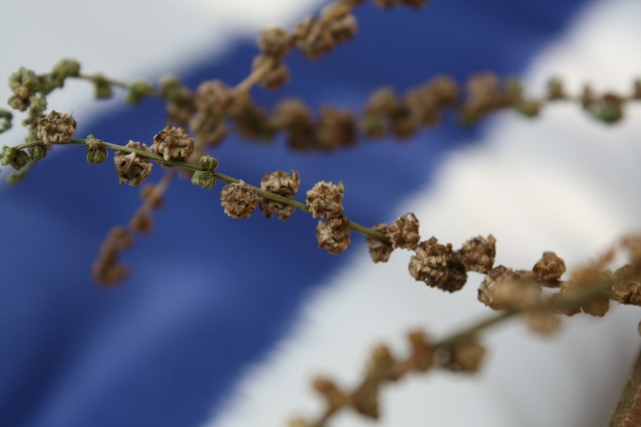
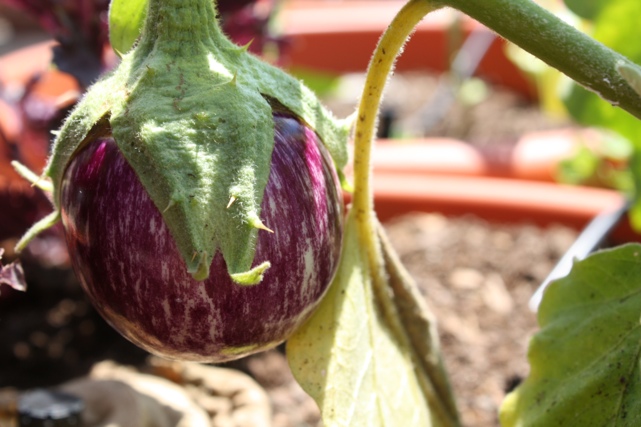
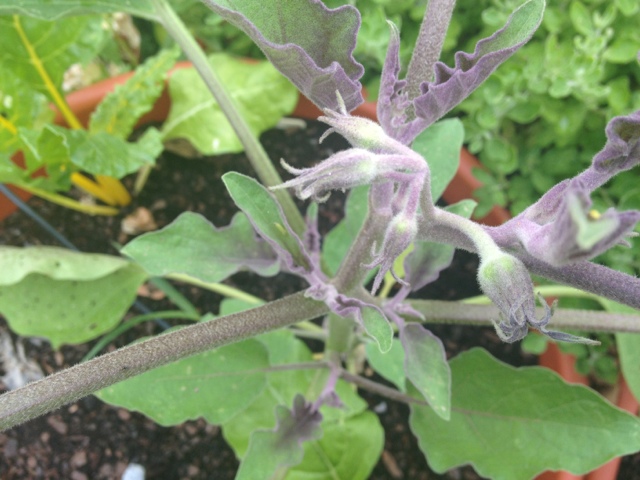
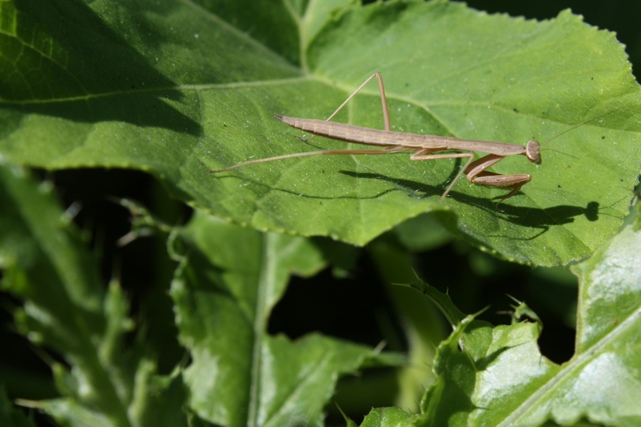
 Last week was a bit rough at The Soffritto. We, like many other mid-atlantic state inhabitants, lost power for many days & lost my fridge/freezer contents as well. The power came back quite serendipitously as I went to pick up my CSA goodies. On the verge of tears I contemplated what I was going to do with all of the veg & eggs. At that moment I received a text message from my neighbor: "the power is back!" I was (and still am) full of joy & relief. That day I filled the fridge with kale, eggs, cucumbers, squash, green beans, peas, and eggplant. After a few days restoring order to the house I'm ready to start cooking and blogging again - how about some ratatouille?!
Last week was a bit rough at The Soffritto. We, like many other mid-atlantic state inhabitants, lost power for many days & lost my fridge/freezer contents as well. The power came back quite serendipitously as I went to pick up my CSA goodies. On the verge of tears I contemplated what I was going to do with all of the veg & eggs. At that moment I received a text message from my neighbor: "the power is back!" I was (and still am) full of joy & relief. That day I filled the fridge with kale, eggs, cucumbers, squash, green beans, peas, and eggplant. After a few days restoring order to the house I'm ready to start cooking and blogging again - how about some ratatouille?! 






